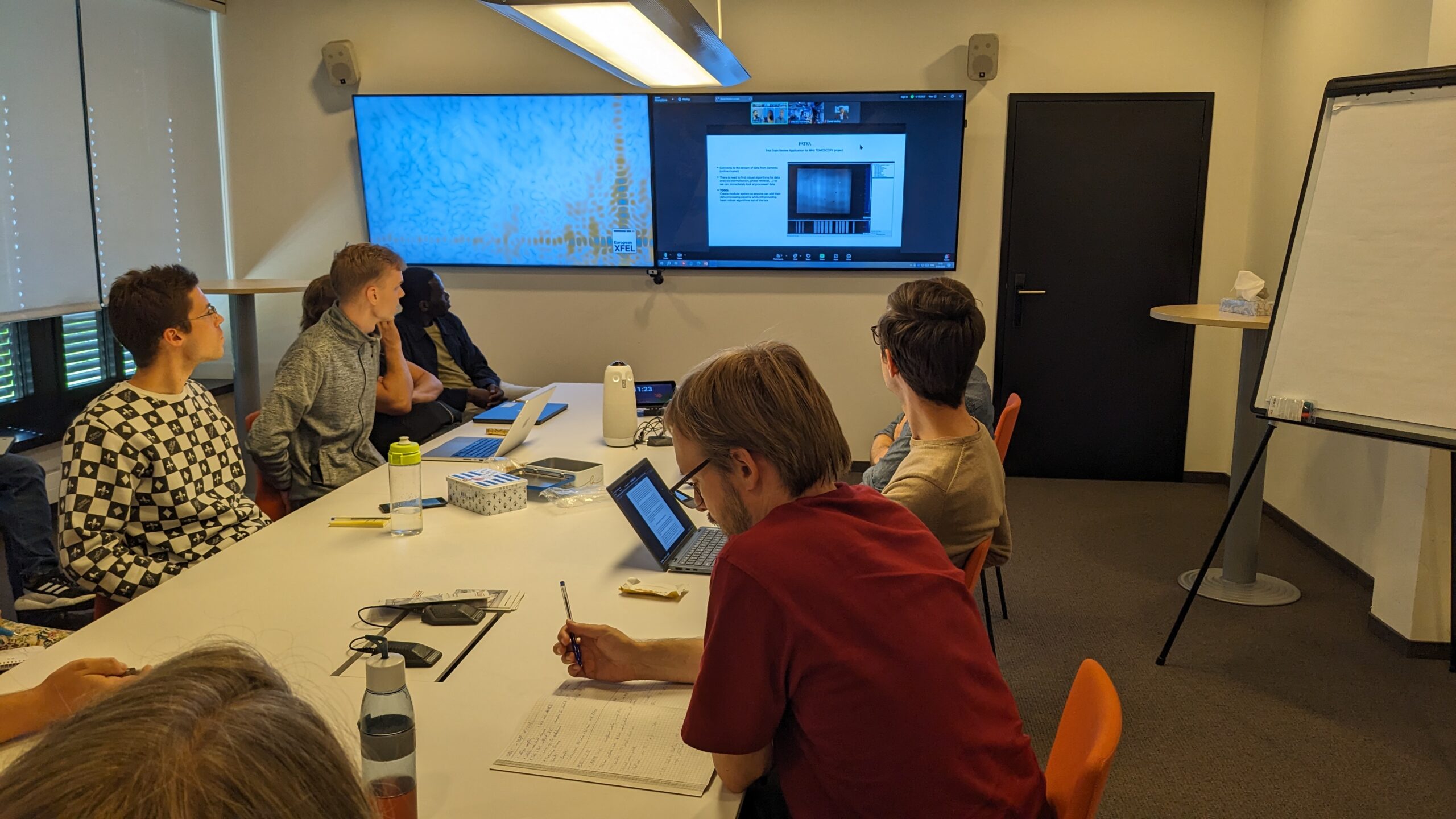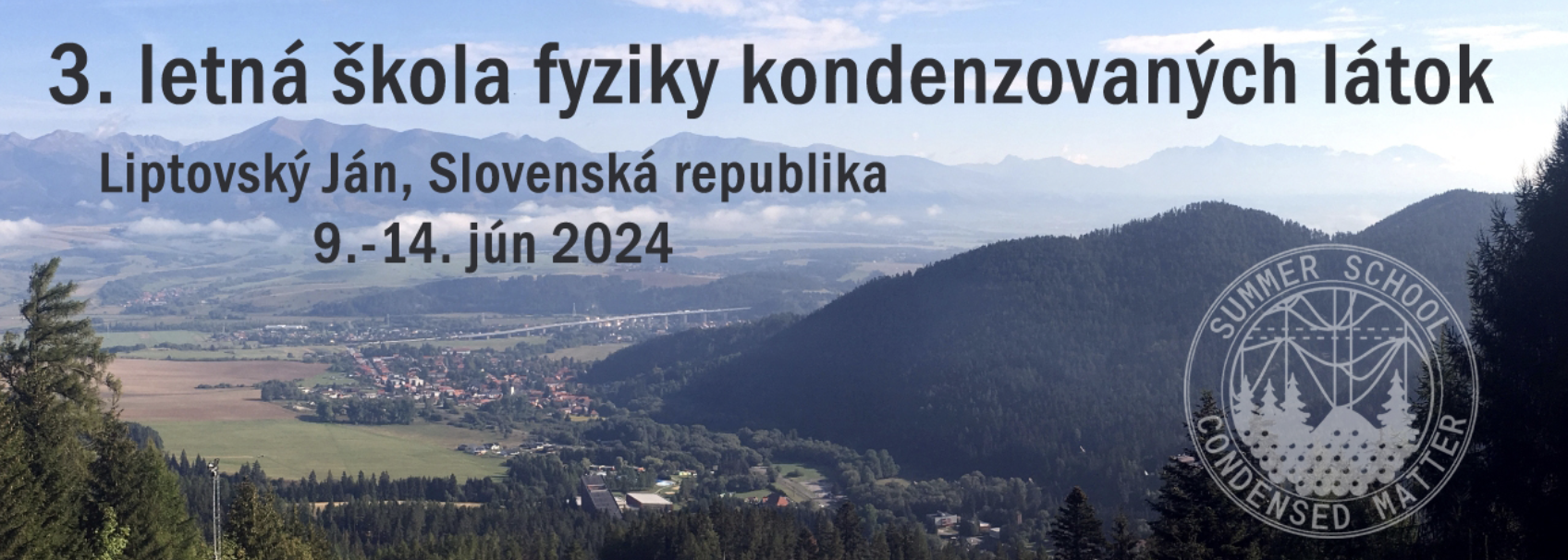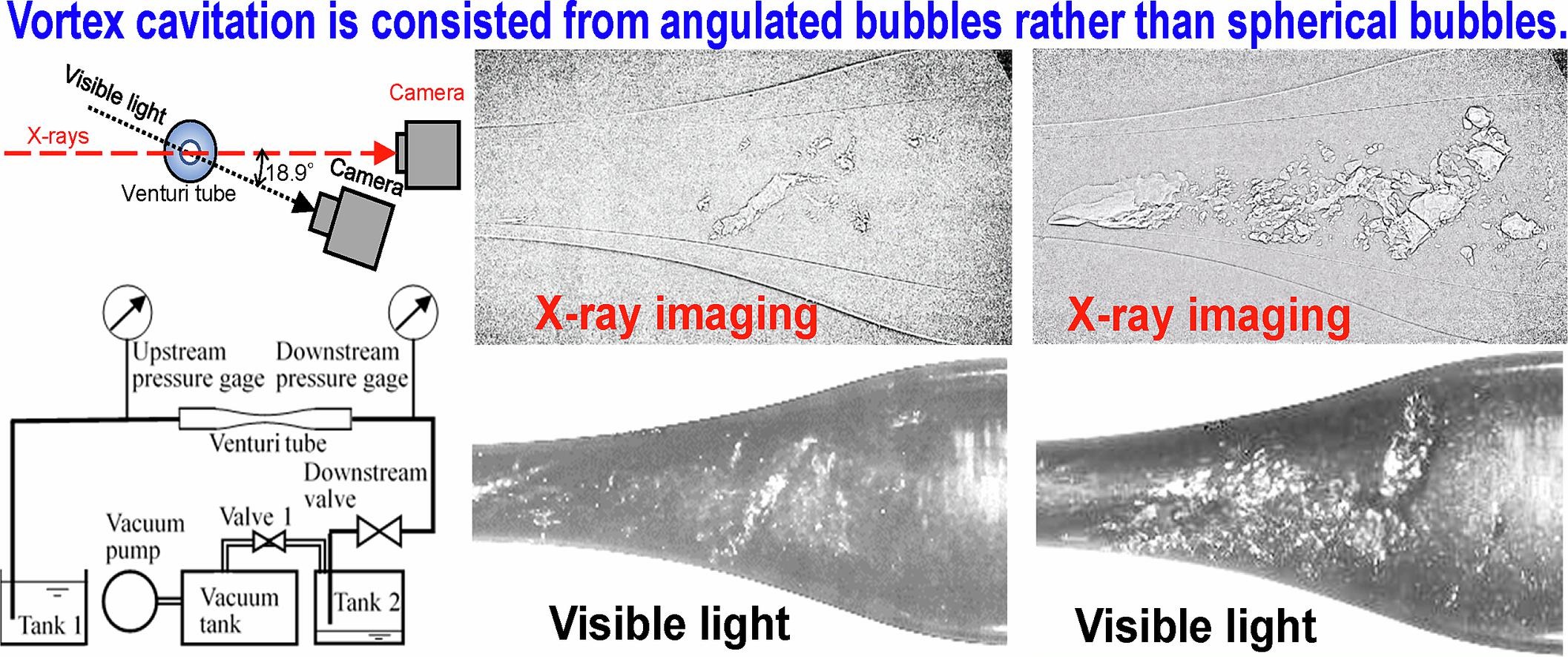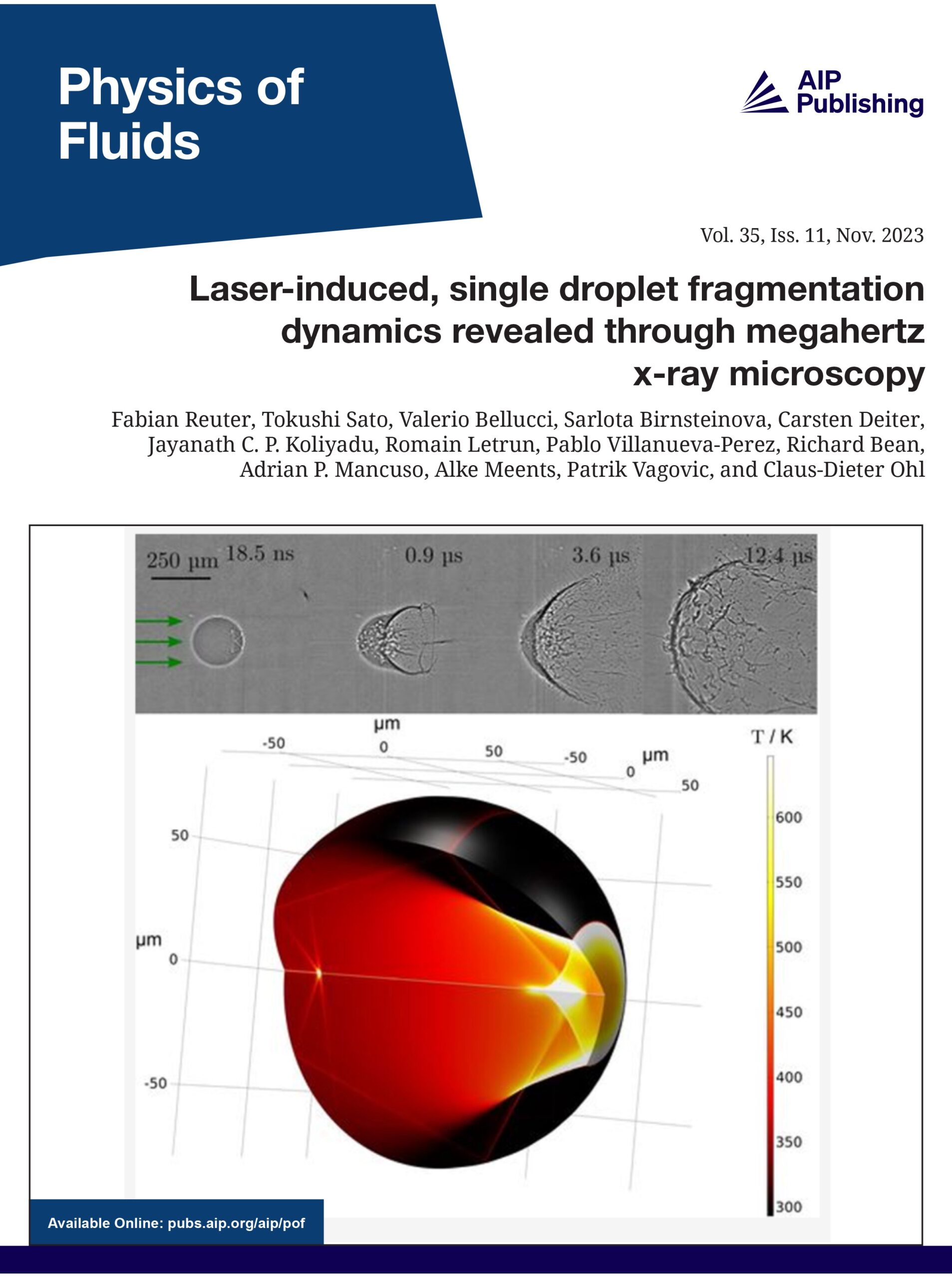Latest news
-
Data processing presentation
At 21st August 2024, Daniel Mosko presented at SPB/SFX meeting analysis and processing of experimental data and FATRA application, which Is being developed at University of Pavol Jozef Safarik for MHz Tomoscopy project.
-
Presentation of EuXFEL on 3rd Summer School of Condensed Matter
XFEL – X-ray free electron laser and its possible applications Free electron X-ray lasers are the most brilliant sources of coherent radiation in the soft but especially in the hard X-ray region. Jozef Uličný on 11.6.2024 at Presentation of EuXFEL on 3rd Summer School of Condensed Matter in Liptovský Ján, Slovakia described in his presentation…
-
MHz-Tomoscopy at Cavitation Symposium 2024
On 2-5th June 2024, Patrik Vagovic presented EuXFEL and MHz Tomoscopy project at Cavitation Symposium 2024 in Crete on the topic of “Visualization of microbubbles in an artificial blood stream exposed to ultrasound using ultra high-speed X-ray imaging.”
-
FATRA Application
FATRA (FAst Train Review Application) is a new software application developed and presented by Peter Szeles at the University of Pavol Jozef Šafárik in Košice, Slovakia. FATRA addresses the need for efficient real-time capture and analysis of streaming data, specifically focusing on high-speed scientific camera applications. FATRA leverages the capabilities of the StreamViewReplay program, a…
-
Revealing the origins of vortex cavitation in a Venturi tube by high speed X-ray imaging
Hydrodynamic cavitation is useful in many processing applications, for example, in chemical reactors, water treatment and biochemical engineering. An important type of hydrodynamic cavitation that occurs in a Venturi tube is vortex cavitation known to cause luminescence whose intensity is closely related to the size and number of cavitation events. However, the mechanistic origins of…
-
MHz Tomoscopy Featured on Physics of Fluids Journal Cover Page
The fragmentation dynamics of single water droplets from laser irradiation is studied with megahertz frame rate x-ray microscopy. Owed to the nearly refraction-free and penetrating imaging technique, we could look into the interior of the droplet and reveal that two mechanisms are responsible for the initial explosive fragmentation of the droplet. First, reflection and diffraction…

This project has received funding from the European Union’s Horizon Europe research and innovation programme under grant agreement No. 101046448
© 2025 MHz – Tomoscopy. All Rights Reserved.






